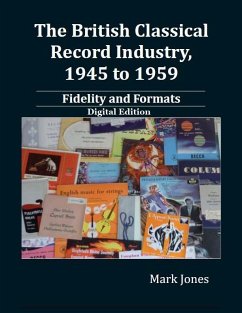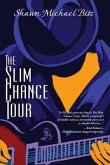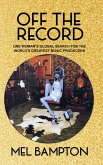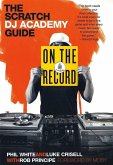Improvements made in fidelity during the Second World War and new formats introduced in the post-war period - extended frequency range, microgroove records, pre-recorded tapes and stereo - were the result of a convergence of technological advances, some prompted by wartime research and experience, some based on pre-war path dependencies. Thanks to these innovations, the UK witnessed a particularly 'British' (i.e. for the most part understated) Battle of the Speeds during the 1950s; in 1945, shellac 78 rpm records were the standard sound carrier format but, by 1956, all British labels had ceased releasing new classical product on this format in preference to 33¿ and 45 rpm microgroove vinyl records. The adoption of magnetic tape, meanwhile, made the recording process less cumbersome and fed into the development of stereophonic sound reproduction; monaural pre-recorded tapes were introduced in 1954 and stereophonic tapes in 1955. Stereo vinyl records followed in 1958. Although the focus is on the British record industry, there was a great deal of interaction between the major UK record companies and their US counterparts, with most of the major innovations marketed in America first. Therefore, discussion of the US industry is not only inevitable, but vital to provide context for the changes in the UK market. The Appendices include all tables referenced in the text along with a brief discussion of various then contemporary publications and periodicals provided for buyers of classical records. The book is supported by a website that includes examples of label and sleeve designs, trade advertisements, etc. The book and website are further supported by a discussion forum.
Dieser Download kann aus rechtlichen Gründen nur mit Rechnungsadresse in A, B, BG, CY, CZ, D, DK, EW, E, FIN, F, GR, HR, H, IRL, I, LT, L, LR, M, NL, PL, P, R, S, SLO, SK ausgeliefert werden.









